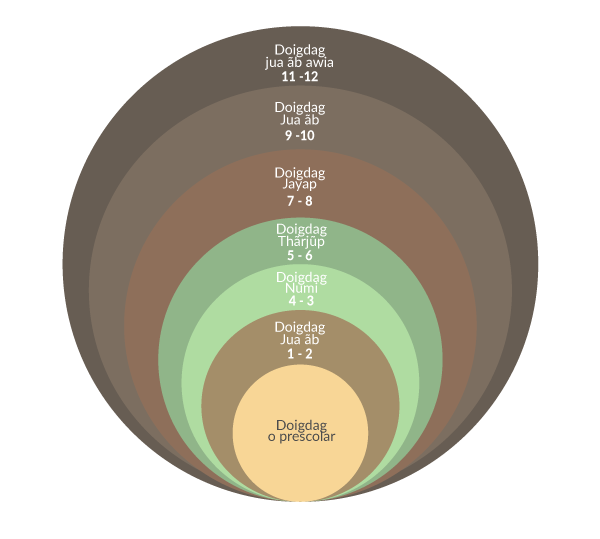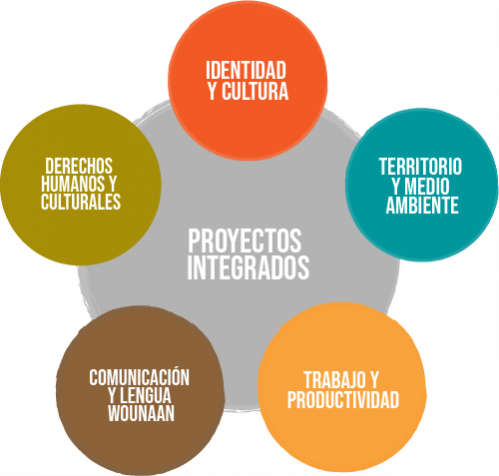Many students find that writing an essay is far more difficult than writing a document, and an article reflects the culmination of an academic career. In school, students need to compose a thesis, and it will be a written statement of the opinion about a particular topic. The essay represents the pupil’s take on the topic issue. Essays are really complex written pieces. Pupils spend hours exploring a variety of facts and information before they can begin writing their own essay.
Writing an essay is not a simple job. Students spend endless hours researching all sorts of information, reading novels and papers, and talking with their teachers in an attempt to get sufficient information down to write a solid composition. After students have gathered all of the details they will need to write their composition, they need to create a structure to their own research and writing. An academic writing program can help a student to think of a proper structure. The program should provide guidelines for how to research the topic, the way to organize their data and facts, the way to express their opinions, and how to write a decision. The most successful academic writing applications is going to be those that allow a student to efficiently research the topic and apply the information they collect in a article.
The subject of the essay is your first portion of the essay. Most essays begin with some background information about the writer and their livelihood objectives. Some authors decide to write an essay concerning their private lives. These essays often consist of personal stories which paint a clear picture of the author as a person, my grammar check rather than a faceless academic. Personal essays are very valuable and must be taken into consideration when planning a subject.
There are two parts to any essay–both the debut and the body. The introduction is the first part of the article, also it includes the writer’s view on the subject and some information regarding his or her research and academic goals. Most students start their composition with an introduction. Additionally, students should supply sources for further information regarding the subject.
The body of this essay is the meat of this writing and is normally written corrector ortografico online in one of 2 ways: analytical or narrative style. A narrative essay will generally include private events that are connected to the subject of the essay. Students should select appropriate sources to their personal adventures and draw extensive and descriptive details from such sources. Analytical essays are written concerning the data gathered from the personal interviews and study.
Students that are assigned a research paper should prepare a rough draft until their composition is due. This may give them time to investigate and organize the information they’ll need to incorporate in their essay. During the writing process, it is often helpful to have multiple drafts of the exact same essay, as each version can be substituted for style and structure. Composing a research essay can be a daunting task. But with the appropriate preparation and information, it may also be one of the most rewarding papers ever written.





